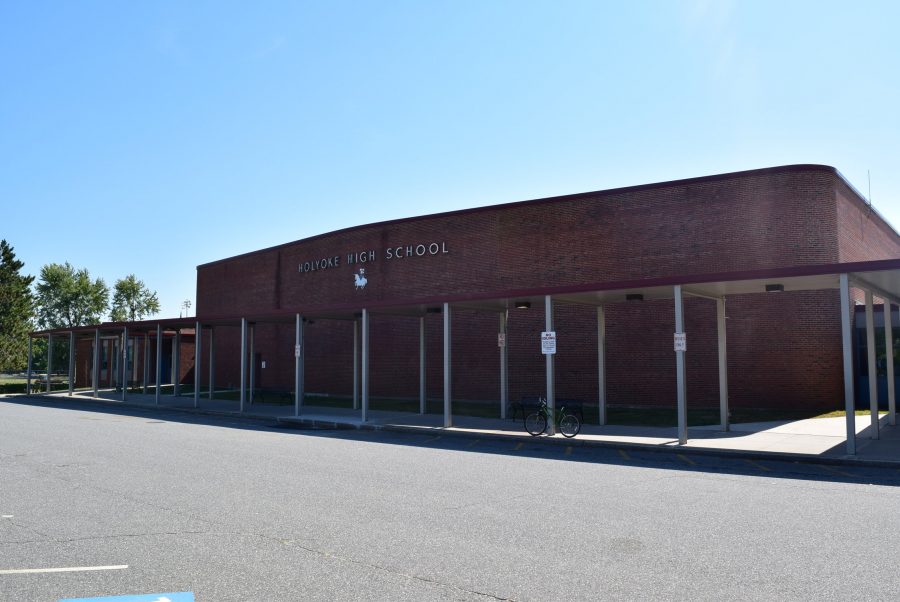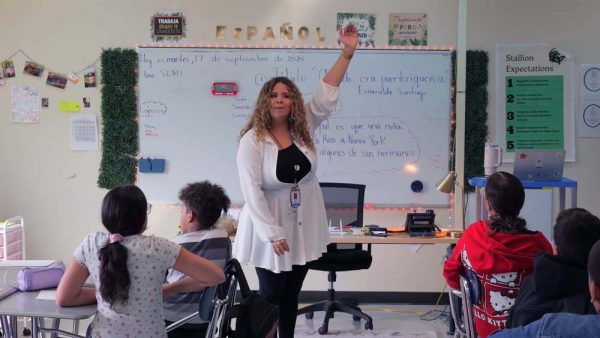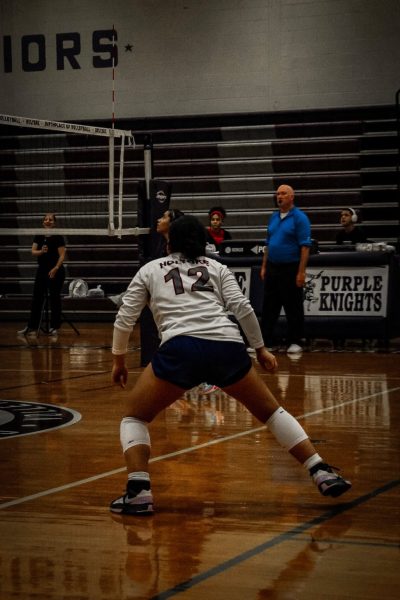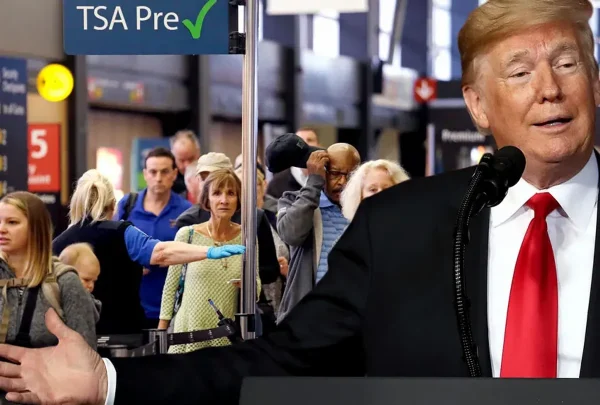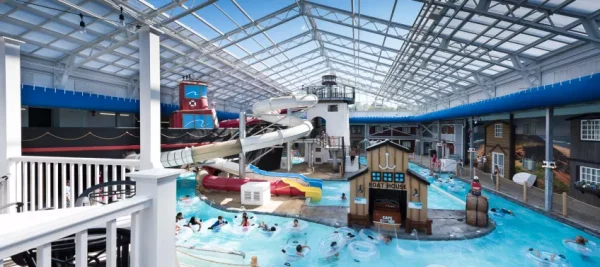The Redesign Of Holyoke High School Part 2: The Redesign Plan
In the second part of his three part series, Feroze Sibdhanny looks at the plan to move to a academy based system.
Note: This Part 2 of a 3 part series. Click here for Part 1.
When Stephen Zrike was appointed receiver of the Holyoke Public Schools, he hired Mickey Buhl to head up the redesign of Holyoke’s secondary schools. Thanks to a grant from the Barr foundation, Buhl and the newly formed Innovation Teams (a team made up of teachers, parents, students, and community members) made over a hundred and fifty school visits to gather ideas and see what was working in other schools with issues similar to Holyoke. From their visits came a series of recommendations.
These recommendations led to the strategic plan that released today. This plan focuses on “Personalized Pathways” for students and features six theme-based academies beginning with the Freshmen Academy in 9th grade. In this period students are able to explore the academies to find what suits them while still taking their core classes.
The main four academies are:
- Community & Global Studies Academy, with pathways centered on public service, law, criminal justice, and social issues.
- Performing Media Arts Academy, with pathways centered on performing arts, media, marketing, visual arts, and web design.
- Technology, Engineering, and Design Academy, with pathways centered on engineering, computer science, and industrial design.
- Medical and Life Sciences Academy, with pathways centered on biological sciences, healthcare, urban agriculture, nutrition, and sustainable practices.
Critics of the pathway academy system protest that the idea puts students on a narrow path towards a career they may or may not be ready for. The system, however, is not designed to do that.
“The purpose of the academies is not to train students for a particular field of career,” explains Mickey Buhl, “but rather to hook student’s motivation to learn and increase student’s ownership over their education.”
It is worth noting, however, that each academy will have CTE (Career and Technical Education) options within them for students if they choose. Someone enrolled in the Community and Global Studies Academy, for example, might take the criminal justice CTE program.
Within each academy, students will choose among a set of concentrations, such as computer science within the Technology, Engineering and Design Academy. As they progress from grade 10 to grade 12, their pathway will become more personalized through focused projects, college courses, and real-world learning opportunities like internships.
For Dr. Zrike, Receiver of the Holyoke Public Schools, this plan is all about “giving [Holyoke] students a competitive advantage” when they graduate.
Four Holyoke teaches are leading the design efforts for the academies: HHS Math teacher Jake Belanger for Medical and Life Science Academy, HHS English teacher Joe Courchesne for the Performing and Media Arts Academy, Dean Engineering Teacher Marcus Holt for the Technology, Engineering, and Design Academy, and HHS English teacher Meghan Harrison for Community and Global Studies Academy. All the teachers and their teams are currently working on course sequence, course design, dual enrollment and AP offerings, and work-based learning and internships within their respective academies.

The final two academies will be a continuation of the Freshman Academy (common at all Holyoke ninth grade students) and the brand-new Opportunity Academy: a place for students who need an experience different from that of a large high school setting. Opportunity academy will be run with the support of several outside partners, including Holyoke Community College’s Gateway program.
The academy system will not launch until the 2018-2019 school year, with next year being primarily a planning year.
All students, regardless of the academy they choose, will have access to standards-based core studies, cross-academy electives, advanced placement classes, dual enrollment, work-based learning, and college and career planning throughout high school.
“Our schools and community are amazing assets. We have made substantial progress in our work together already, as evidenced by quadrupling the number of dual enrollment college courses HPS students are taking compared to last year, a 28 percent decline in our dropout rate for 2015-16 compared to the year before, and a further 24 percent drop so far this year,” said Zrike. “This plan will continue to grow those positive trends and above all, prepare students for life beyond the Holyoke Public Schools.”
Click here to read the full plan.
To listen to Feroze Sibdhanny’s Radioplasma podcast with Mickey Buhl, click here.



